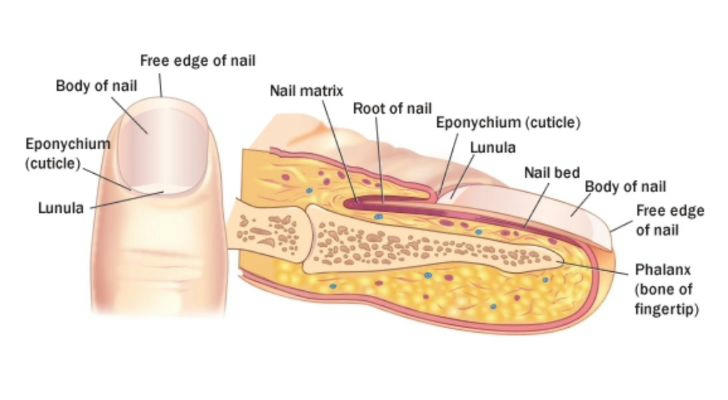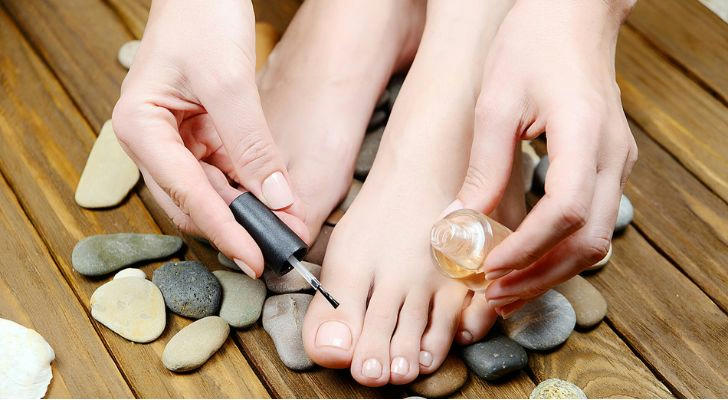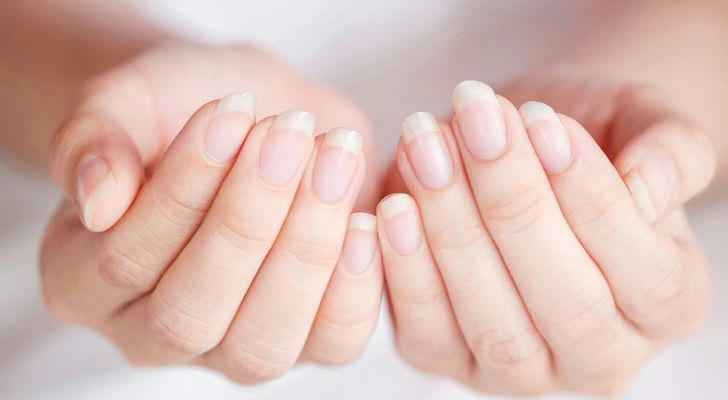The Structure of a Healthy Nail?
Nails are an often-overlooked aspect of beauty and personal care. While nail polish and intricate designs often take the spotlight, understanding the actual structure of a healthy nail is key to maintaining overall nail health. Nails not only enhance the appearance of the hands but also serve an essential protective function for the fingers. By knowing the different parts of the nail and their functions, it's easier to understand how to take proper care of them and keep them looking their best.

This article explores the structure of a healthy nail, providing useful and practical insights into how nails grow, what makes them strong, and how to maintain nail health effectively.
1. Nail Plate: The Visible Nail
The nail plate is the hard, visible part of the nail that everyone sees. It’s what gives the nail its shape and form, and is made up of keratin, a tough protein that also forms the skin and hair. Here are some key points about the nail plate:
Composition: The nail plate consists of tightly packed layers of keratin. These layers give the nail its strength, resilience, and protective qualities.
Color: A healthy nail plate should have a pinkish hue. The color comes from the blood vessels underneath the nail bed, which are visible through the translucent nail plate. Any discoloration, such as yellow or white nails, may indicate a health issue.
Smoothness: Healthy nails are smooth and free from ridges or bumps. Uneven or textured nails could be a sign of an underlying problem, such as a nutritional deficiency or skin condition.
Regular care and trimming help maintain the nail plate’s strength and appearance.
2. Nail Bed: The Supportive Layer
The nail bed is the skin beneath the nail plate, and it plays a crucial role in supporting the growth and strength of the nail. It contains blood vessels that supply nutrients to the growing nail plate. Here’s what makes the nail bed important:
Circulation: The blood vessels in the nail bed provide oxygen and nutrients that support the growth of healthy nails. Proper circulation is essential for maintaining nail health.
Appearance: The nail bed is typically pinkish due to the visible blood vessels beneath it. If the nail bed becomes pale or discolored, it could signal poor circulation or an iron deficiency.
Protection: The nail bed provides a foundation for the nail plate and helps to protect the sensitive fingertip from trauma.
Maintaining good circulation and moisturizing the nail bed regularly can help keep the skin healthy and support the growth of strong nails.

3. Nail Matrix: The Growth Zone
The nail matrix is the part of the nail located beneath the base of the nail, just below the cuticle. This is where the nail’s growth begins. It produces new cells that form the nail plate. Here’s what makes the matrix vital:
Cell Production: The matrix is responsible for generating the cells that will eventually become the nail plate. These cells multiply rapidly, pushing older cells toward the fingertip. This is why nails grow continuously.
Protection: The matrix is protected by the cuticle, which serves as a barrier against bacteria and injury. Any damage to the matrix can result in permanent changes to the nail’s growth and shape.
Growth Rate: The rate at which nails grow depends largely on the health of the matrix. On average, fingernails grow about 0.1 millimeters per day, though this rate can vary depending on factors such as age, diet, and overall health.
Damage to the matrix can lead to abnormal nail growth, so it’s crucial to avoid cutting or damaging the cuticle area during manicures.
4. Cuticle: The Protector
The cuticle is the thin layer of skin at the base of the nail, surrounding the nail matrix. Although often overlooked, the cuticle plays an essential protective role:
Protection Against Infection: The cuticle forms a barrier that prevents bacteria and dirt from entering the nail matrix. By protecting this area, the cuticle helps to ensure that the nail matrix stays free of infections.
Moisture Barrier: The cuticle also helps retain moisture in the nails and surrounding skin, which is important for preventing dryness and cracking.
Growth Indicator: Healthy cuticles are soft, smooth, and intact. If the cuticle becomes cracked or dry, it can lead to hangnails, which may lead to infection if left untreated.
Proper care of the cuticle is necessary to maintain healthy nails. Pushing the cuticle back gently or moisturizing it regularly can prevent issues.
5. Lunula: The White Crescent
The lunula is the small, white, crescent-shaped area at the base of the nail, often most visible on the thumb. Though it’s often mistaken for part of the cuticle, the lunula is actually part of the nail matrix and plays a role in nail growth:
Function: The lunula is the visible part of the matrix and indicates where new nail growth begins. It’s often lighter in color because of the way light reflects off the thicker layer of keratin cells in that area.
Health Indicator: A visible lunula typically suggests healthy nail growth. Changes in the size, shape, or disappearance of the lunula can be a sign of an underlying health issue, such as poor circulation, liver disease, or malnutrition.
The presence of a lunula is usually a good sign, but if there are any noticeable changes, it may be worth consulting a healthcare provider.
6. Nail Plate Growth and Maintenance

Nail growth is a natural process that takes place over time, but maintaining healthy nails requires consistent care. Here are a few tips to support nail growth and keep nails strong:
Balanced Diet: A healthy diet plays a significant role in the growth and strength of nails. Eating foods rich in vitamins and minerals, such as biotin, zinc, and vitamin E, can promote nail health. Foods like eggs, nuts, leafy greens, and avocados are excellent choices.
Hydration: Nails need moisture to remain flexible and strong. Drinking plenty of water and using hand creams or oils can help prevent nails from becoming brittle and dry.
Nail Protection: Avoid exposing nails to harsh chemicals, detergents, and prolonged water contact, as this can weaken the nail plate and cause damage. Wearing gloves when cleaning or gardening can protect the nails from unnecessary stress.
Regular trimming and filing can also prevent breakage and help maintain a healthy nail length.
7. Signs of Unhealthy Nails
While nails can naturally vary in appearance, certain signs could indicate an issue with overall health. Some of the most common symptoms of unhealthy nails include:
Discoloration: Yellow, green, or dark nails can be a sign of a fungal infection or another health concern.
Brittleness: Nails that chip, crack, or break easily may be a sign of dehydration, a deficiency in nutrients, or excessive exposure to chemicals.
Thickening or thinning: If nails become unusually thick or thin, it could indicate a fungal infection, a reaction to medication, or a nutritional deficiency.
Ridges or Grooves: Vertical or horizontal ridges in the nails can be signs of aging or indicate a health problem such as iron deficiency or a circulatory issue.
If any of these symptoms persist, it’s important to consult a healthcare provider or dermatologist for a proper diagnosis.
Conclusion
The structure of a healthy nail is more than just an aesthetic concern—it reflects overall health and proper nail care. Each part of the nail, from the nail plate to the lunula, plays an essential role in protecting the fingertips and supporting nail growth. By understanding the anatomy of the nail and taking proactive steps to maintain nail health, it’s possible to keep nails strong, smooth, and attractive.
Maintaining healthy nails requires attention to diet, hydration, and protection. With the right care, nails can remain a reflection of good health, helping to enhance personal appearance while serving their protective function.
